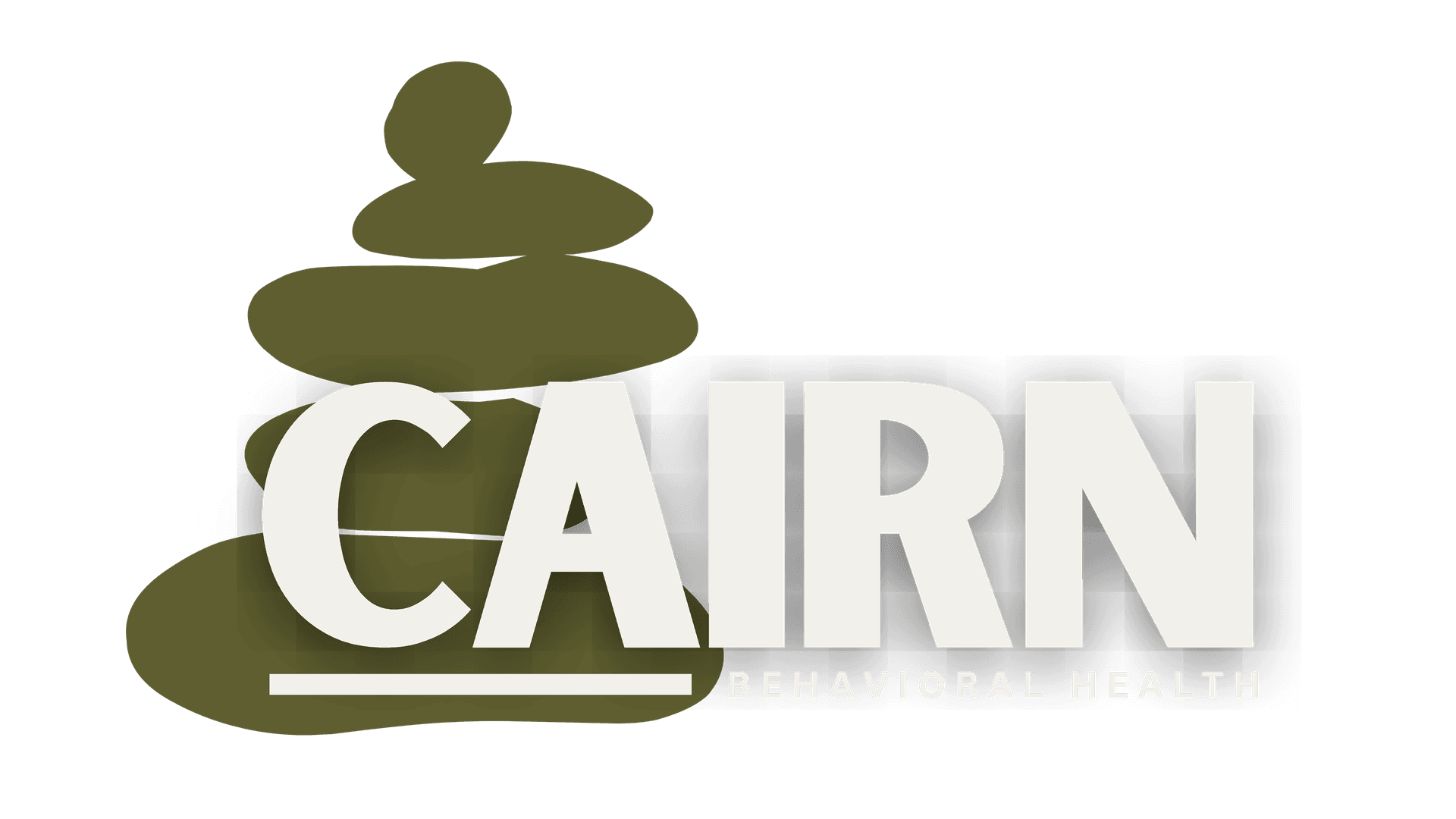Empowering Partnerships: Collaborating with ABA Therapists
The Importance of Collaboration in ABA Therapy
Applied Behavior Analysis (ABA) therapy is a well-established approach to helping individuals with autism and other developmental disorders develop essential skills. The success of ABA therapy often hinges on the collaborative efforts between therapists, families, and other professionals. By building strong partnerships, we can ensure that individuals receive the comprehensive support they need to thrive.
Collaboration in ABA therapy involves a team of dedicated professionals working together towards a common goal. This team may include ABA therapists, speech therapists, occupational therapists, educators, and family members. Each member brings a unique perspective and skill set, contributing to a more holistic approach to therapy.

Understanding the Role of ABA Therapists
ABA therapists play a crucial role in the development and implementation of individualized treatment plans. They use evidence-based techniques to promote positive behavior changes and teach new skills. By closely monitoring progress and adjusting strategies as needed, ABA therapists ensure that the interventions are effective and tailored to each individual's needs.
In addition to direct intervention, ABA therapists often serve as coordinators within the therapy team. They communicate with other professionals to share insights and integrate different therapeutic approaches. This level of coordination is vital for maintaining consistency and maximizing the impact of therapy.
Building Strong Partnerships with Families
Families are an integral part of the therapy process. By collaborating with families, therapists gain valuable insights into the individual's daily life, preferences, and challenges. This information allows therapists to create more relevant and effective treatment plans.
Open communication between families and therapists fosters trust and ensures that everyone is on the same page. Regular meetings and updates help families feel involved and empowered in their loved one's progress. When families are actively engaged, therapy outcomes are often significantly improved.

Integrating Other Professionals into the Therapy Team
Beyond families, collaboration with other professionals is essential for a well-rounded approach to therapy. Speech therapists, for instance, can work alongside ABA therapists to address communication challenges. Occupational therapists can assist in developing motor skills and sensory integration strategies.
Creating a cohesive team requires ongoing communication and a willingness to learn from one another. By understanding the different expertise each professional offers, teams can develop more comprehensive treatment plans that address a wide range of needs.
The Benefits of Empowering Partnerships
Empowering partnerships in ABA therapy lead to numerous benefits. Firstly, they facilitate a more personalized approach to treatment, ensuring that interventions are aligned with the individual's unique needs and circumstances. This personalization increases the effectiveness of therapy and helps achieve better outcomes.
Secondly, collaborative efforts reduce the burden on individual team members by distributing responsibilities. This shared workload allows each professional to focus on their area of expertise while contributing to a unified goal. As a result, individuals receive a more balanced and well-rounded support system.

Steps to Strengthen Collaborative Efforts
To foster effective collaboration, it is essential to establish clear communication channels from the outset. Regular meetings, shared documentation, and open discussions can keep everyone informed and aligned. Setting common goals and regularly reviewing progress helps maintain focus and accountability.
Additionally, fostering an environment of mutual respect and understanding encourages team members to listen actively and value each other's contributions. By recognizing the strengths each member brings to the table, teams can work more cohesively towards achieving positive outcomes for individuals undergoing therapy.
